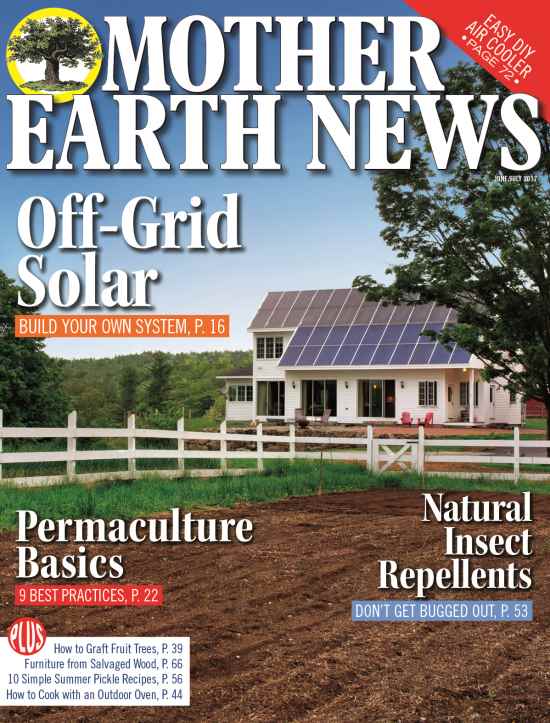Agritoursim is a big word that sounds intimidating. It’s simply the idea of making your farm a destination, somewhere with something interesting to do or see beyond buying your products. Still, farm open houses, hayrides and the like can be overwhelming. Customers have suggested opening up a spare bedroom in our farmhouse as a bed & breakfast, but few things in life sound more unpleasant to me than having strangers stay in my house and expect me to cook for them in the morning! So, I focused on having physical things to sell rather than an experience.

Feeding the birds is a great family activity!
One fall day a few years back, I was working on feeding the animals during slow periods of our farm stand hours. Shortly before we closed, one of my seasonal neighbor families stopped by. I just happened to be feeding the chickens. We chatted, and I handed their little girl the feed scoop of layer pellets. She had the best time tossing handfuls into the chickens’ enclosure. Being from the suburbs, this family loved being so close to the birds. For them, it was memorable. As farmers and homesteaders, it’s sometimes easy to take for granted the things we do every day. But our
everyday chores can be an event for folks who live in urban & suburban areas.
The bird runs are within sight of the farm stand and run nearly to the parking lot, so it wasn’t difficult for people to notice them. I thought about looking for a candy dispenser machine to place nearby, offering a handful of feed for a quarter. But those machines operate 24/7, and my biggest stress here at the farm is the number of strangers and customers who drop by day and night throughout the year. So I decided to simply purchase an inexpensive box of small paper cups which would be available at the counter of the farm stand during business hours only. I filled them with layer pellets from a bag I purchased at the feed store, and offered them for what I felt was the reasonable price of $.50 per cup.
The response has been amazing! I expected the people feeding the birds to be mostly children, but was shocked when it turned out to be split about 50/50 between adults and children. I have older ladies that tack a cup of food onto their purchase so they can feed the birds they call “my friends”. Our area has many camps, campgrounds, and seasonal residences. I hear from many families that the kids ask, every time they drive to the area, if they can visit our farm while at camp. The little ones often have to reach way up to the counter, smiling, exchanging quarters for brightly colored cups. I have customers that tell me to keep the change to pay cups of feed forward to children who may not be otherwise able to participate.
While customers shopping in the farm stand come first, if everyone is outside feeding the birds, I go out and talk to them. Many people are generations removed from a farm and have questions. I worked before I came to the farm as an adult education coordinator and completed a master’s degree, and still found I was completely uninformed about many aspects of farming. I think people are often too embarrassed to come back in to ask a question, but it’s somehow easier for conversation to flow when we are outside.

We give visitors a chance to see some of our heritage breed birds up close! Our friend William is fascinated by Gobbles, our Bourbon Red turkey.
It gives me a way to tell our farm’s story, describing what we raise and how this land has been a farm since just after the Revolutionary War. I explain what heritage breeds are and why they matter. We talk about what we grow and how our methods are different, more humane, or more environmentally sensitive than industrial farms. I’m able to engage people and dispel myths about food and farming, or open them up to things they had never previously considered. Many people are amazed to learn there are different breeds of chickens and other things that homesteaders and small farmers can take for granted as basic knowledge!
I always feel that I’ve accomplished something when people remark that they “learned something today”. And it’s somehow easier to have these conversations outside, looking at the animals, rather than inside the walls of the farm stand, just yards away. It comes off as less preachy, less a sales pitch, more organic. More tailored to what they find interesting about what we do. The cups of feed add a modest boost to our bottom line. The increase in sales that happens as a result of people buying things because they came to feed the birds is hard to precisely calculate, but it has been a real ripple effect of this simple idea. But, I suspect, it is the conversations that are truly the most valuable. Sharing stories and experiences these people might never have otherwise creates a loyalty. Not only are they more likely to return and purchase from me personally, but they are more aware of what exactly they support when they buy from small farms like ours.










